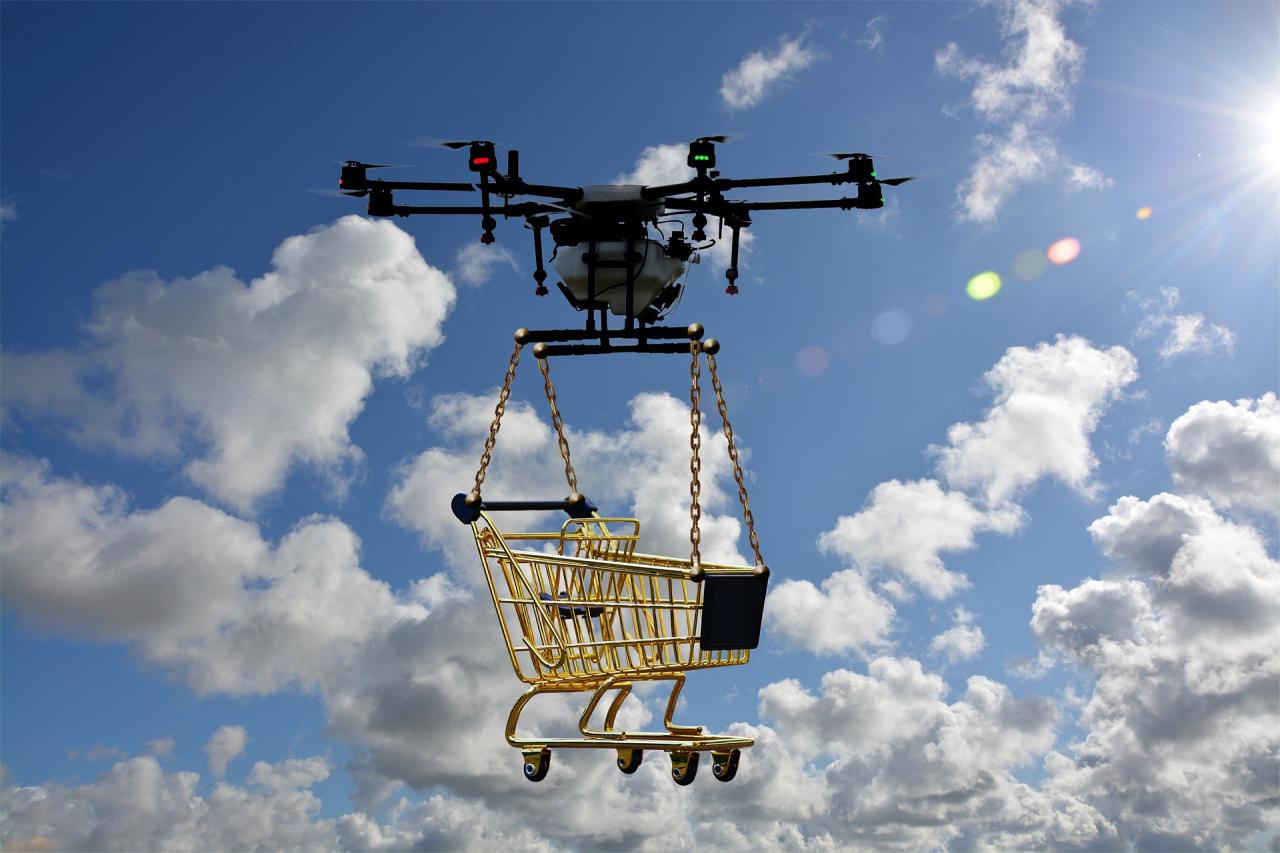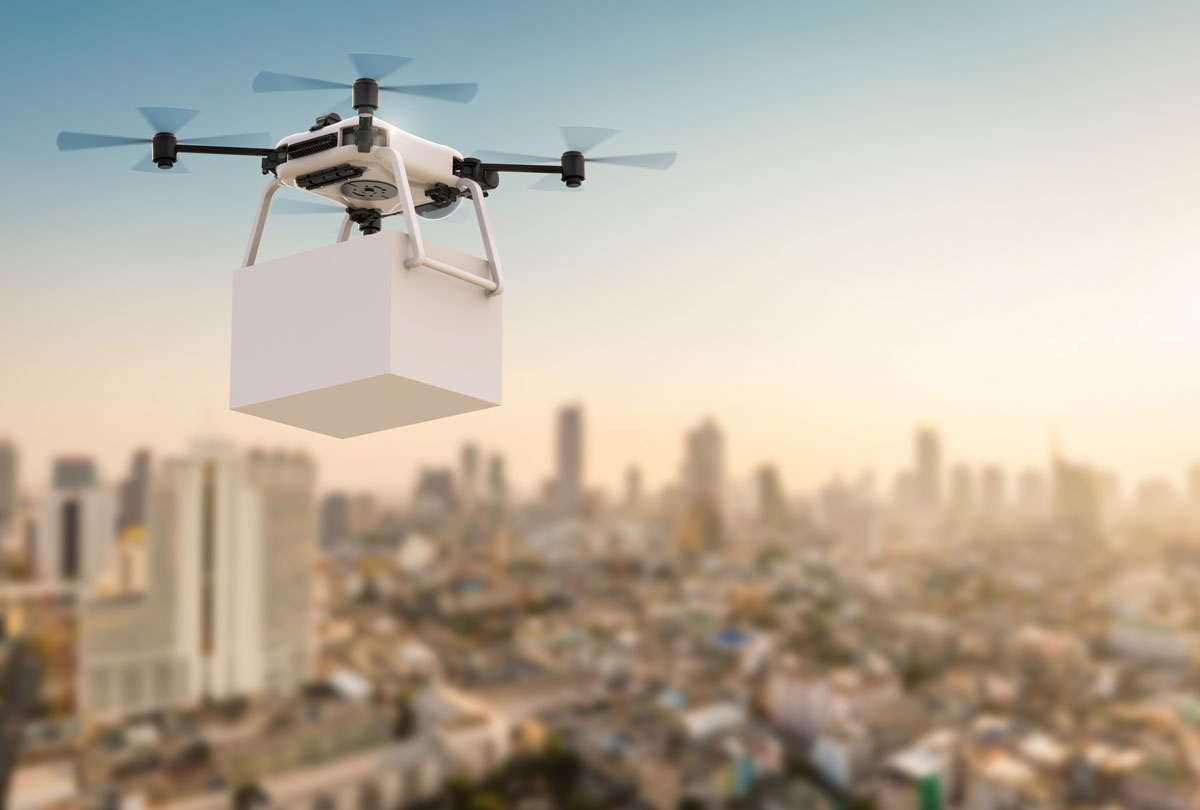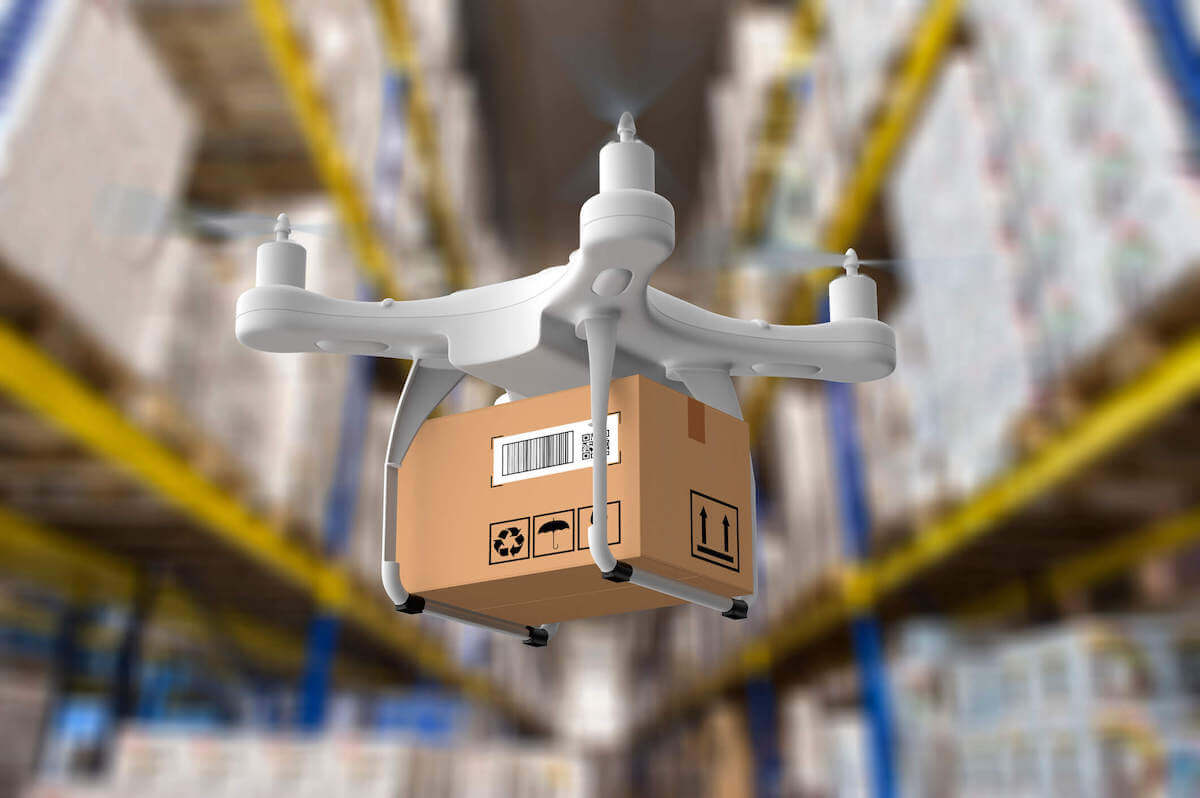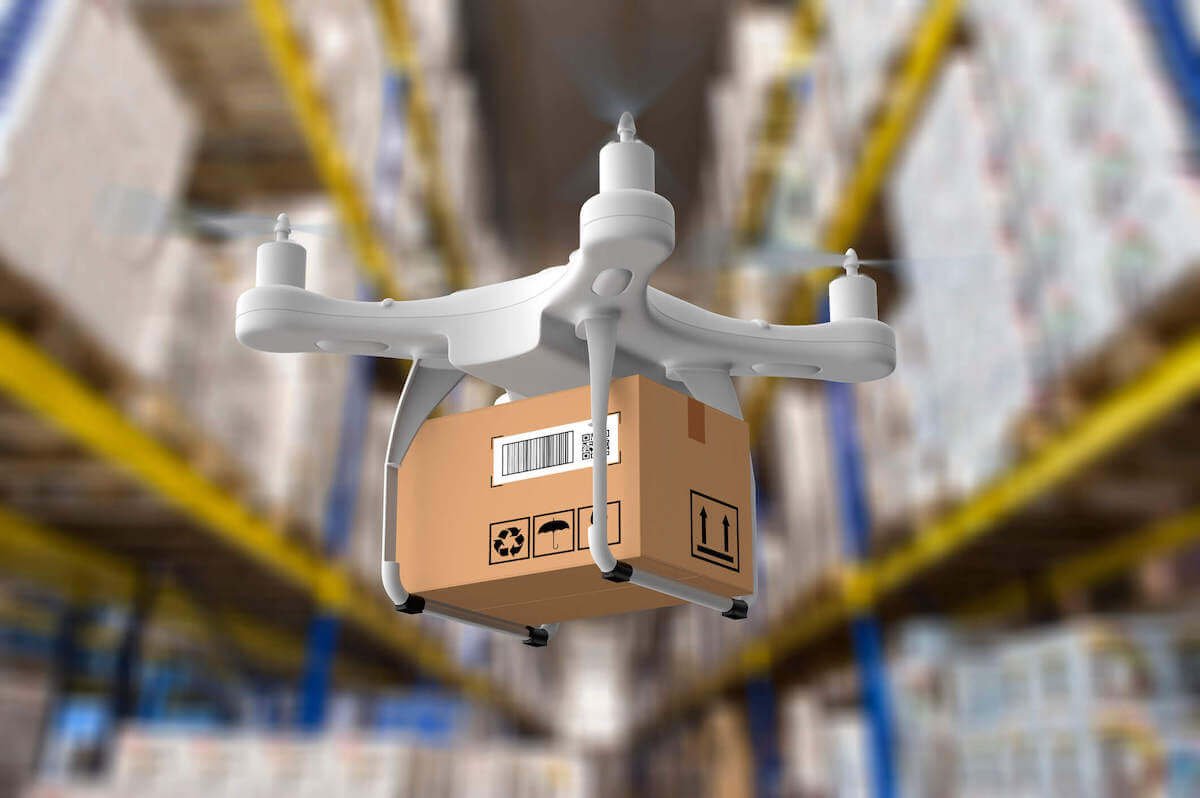Remington drone loads represent a significant advancement in unmanned aerial vehicle (UAV) technology, impacting various industries. This exploration delves into the specifics of Remington drone payload capacities, safe loading procedures, diverse applications, and the exciting technological advancements shaping the future of this field. We will examine different drone models, their respective capabilities, and the types of payloads they can effectively transport, while also addressing critical safety considerations and real-world applications.
Understanding the nuances of Remington drone loads is crucial for professionals and enthusiasts alike. From optimizing payload weight for extended flight times to navigating the complexities of safe loading procedures, this comprehensive overview equips readers with the knowledge to effectively utilize these versatile machines. We will explore the impact of payload limitations across various environments and discuss innovative payload designs that are pushing the boundaries of what’s possible.
Remington Drone Models and Payload Capacity
This section details the various Remington drone models, their payload capacities, and a comparison with competitors. We will also explore the types of payloads each model can effectively handle.
Remington Drone Model Specifications

The following table provides a comparison of different Remington drone models, highlighting their payload capacities, operational ranges, and key features. Note that these specifications are subject to change based on model updates and configurations.
| Model | Payload Capacity (kg) | Range (km) | Key Features |
|---|---|---|---|
| Remington X1 | 5 | 20 | High-precision GPS, advanced obstacle avoidance, long flight time |
| Remington X2 | 10 | 15 | Heavy-lift capability, enhanced stability, ruggedized design |
| Remington X3 | 2 | 30 | Extended range, lightweight design, ideal for long-distance surveillance |
Payload Capacity Comparison with Competitors
Remington drones compare favorably to other leading brands in terms of payload capacity within their respective weight classes. Here’s a brief comparison:
- In the lightweight drone segment (under 5kg payload), Remington X3 competes with models from Skydio and DJI, offering comparable range and features but potentially at a more competitive price point.
- For heavier payloads (over 5kg), the Remington X2 challenges competitors like Autel and Matrice, offering a balance of payload capacity and flight time.
- The Remington X1 sits in a middle ground, offering a balance between payload capacity and range, comparing favorably with similar models from other manufacturers in terms of its features and price.
Payload Types and Applications
The versatility of Remington drones is reflected in the variety of payloads they can carry. The following table details the types of payloads, example weights, and their applications for each model.
Remington drone loads often require careful planning due to variable weather conditions. For those operating in the Coquihalla region, monitoring the weather is crucial; a helpful resource is the coquihalla weather camera , which provides real-time visual updates. This allows operators to make informed decisions about Remington drone loads, ensuring safe and efficient operations.
| Model | Payload Type | Payload Weight Example (kg) | Application |
|---|---|---|---|
| Remington X1 | High-resolution camera | 1 | Aerial photography, inspection |
| Remington X1 | Multispectral sensor | 2 | Precision agriculture, environmental monitoring |
| Remington X2 | Delivery package | 8 | Logistics, last-mile delivery |
| Remington X2 | Construction equipment | 5 | Site inspection, material transport |
| Remington X3 | LiDAR sensor | 1.5 | 3D mapping, surveying |
Remington Drone Loading Procedures and Safety

Safe and efficient loading procedures are crucial for the safe operation of Remington drones, especially when carrying heavy payloads. This section Artikels these procedures and highlights potential safety hazards and mitigation strategies.
Remington Drone Payload Loading Procedures
The following steps Artikel the procedure for loading payloads onto various Remington drone models. Always refer to the specific user manual for your model before proceeding.
- Visually inspect the drone and payload for any damage.
- Carefully attach the payload to the designated mounting points on the drone, ensuring secure fastening.
- Balance the payload to ensure even weight distribution. This is crucial for stable flight and prevents the drone from tilting.
- Perform a pre-flight check, including battery level, GPS signal, and payload stability.
- Follow the manufacturer’s instructions for takeoff and operation.
Safety Hazards and Mitigation Strategies
Operating drones with heavy payloads introduces several safety hazards. The following table lists potential hazards, mitigation strategies, and example scenarios.
| Hazard | Mitigation Strategy | Example Scenario | Safety Equipment |
|---|---|---|---|
| Payload detachment during flight | Use secure fastening mechanisms and redundant safety features | A package detaches mid-flight due to insufficient securing | Redundant straps, locking mechanisms |
| Drone instability due to imbalanced payload | Precisely balance the payload before flight | The drone tilts and crashes due to uneven weight distribution | Weight scales, balancing tools |
| Collision with obstacles due to reduced maneuverability | Maintain a safe distance from obstacles and use obstacle avoidance systems | The drone collides with a tree branch while carrying a heavy payload | Obstacle avoidance systems, experienced pilot |
Payload Balancing Techniques
Proper payload balancing is crucial for stable flight. Imagine a simple seesaw analogy. The payload’s center of gravity should align with the drone’s center of gravity. For complex payloads, visual inspection and potentially using a weight scale to measure weight distribution on different attachment points can be helpful. If the payload is asymmetrical, careful adjustment of its position on the drone’s mounting system is necessary to achieve balance.
A diagram would show the payload’s center of gravity aligned with the drone’s center of gravity, illustrating a balanced state. An unbalanced diagram would show the payload’s center of gravity offset, resulting in an unbalanced drone.
Applications of Remington Drone Loads in Various Industries
Remington drones, with their varying payload capacities, find applications across multiple sectors. This section explores examples in agriculture, construction, and surveying.
Industry Applications of Remington Drones

The diverse payload options allow Remington drones to adapt to specific industry needs. Here are some examples:
- Agriculture: Remington drones equipped with multispectral cameras (e.g., on the X1) assess crop health, identifying areas needing attention. Heavy-lift models (e.g., X2) can carry fertilizer or pesticides for targeted application.
- Construction: The X2 model, with its high payload capacity, can carry surveying equipment for site mapping and progress monitoring. Smaller models, like the X1, could be used for close-range inspection of structures.
- Surveying: LiDAR sensors (e.g., on the X3) create high-resolution 3D models of terrain, crucial for mapping and infrastructure planning. High-resolution cameras (e.g., on the X1) provide detailed imagery for site analysis.
Impact of Payload Weight on Operational Range and Flight Time, Remington drone loads
Payload weight significantly impacts flight parameters. Heavier payloads generally reduce both flight time and range.
| Environment | Payload Weight (kg) | Flight Time (minutes) | Range (km) |
|---|---|---|---|
| Open field | 2 | 30 | 15 |
| Open field | 10 | 15 | 8 |
| Urban environment | 2 | 25 | 10 |
| Urban environment | 10 | 10 | 5 |
Hypothetical Delivery Scenario
Imagine a scenario where a Remington X2 drone needs to deliver medical supplies (5kg) to a remote village affected by a natural disaster. The challenging environment includes mountainous terrain and unpredictable weather. To ensure successful delivery, the drone might require additional battery packs to extend flight time and a more robust design to withstand harsh weather conditions. The payload might need specialized packaging to protect the supplies from impact and the elements.
Real-world examples include drone delivery of medical supplies in disaster zones like post-hurricane areas, showcasing the adaptability of drone technology to challenging conditions.
Technological Advancements in Remington Drone Payload Systems
Continuous innovation drives advancements in Remington drone payload systems, improving safety, efficiency, and payload capacity. This section explores these advancements and Artikels a hypothetical future system.
Advancements in Remington Drone Payload Systems
- Improved payload mounting mechanisms: More secure and easier-to-use systems reduce the risk of payload detachment.
- Enhanced payload balancing systems: Automated systems optimize weight distribution for stable flight.
- Lightweight, high-strength materials: These materials increase payload capacity without compromising flight performance.
- Integrated sensors and communication systems: Real-time monitoring of payload status and environmental conditions enhances safety.
Innovative Payload Designs
- Modular payload systems: Allow for quick swapping of payloads based on mission requirements. For example, a modular system might allow a drone to switch between a camera and a sensor with minimal downtime.
- Lightweight, high-capacity batteries: Extend flight time and enable the transport of heavier payloads. This technology is constantly evolving, with newer battery chemistries promising longer flight times and greater energy density.
- Foldable and compact payloads: Reduce storage space and improve maneuverability during transport and deployment. Imagine a sensor system that folds into a compact cube for easy transport and then unfolds into a functional unit on the drone.
Hypothetical Future Payload System
A future Remington drone payload system might incorporate AI-powered payload management, automatically adjusting flight parameters based on real-time data from onboard sensors. The system would feature a modular design, allowing for rapid payload changes, and utilize advanced materials to maximize payload capacity while minimizing weight. The system would integrate with a cloud-based platform for remote monitoring and control, enabling autonomous operations in challenging environments.
This system would offer enhanced safety features, including autonomous obstacle avoidance and emergency landing capabilities, significantly improving the reliability and efficiency of drone operations across various industries.
The world of Remington drone loads is dynamic and rapidly evolving. As technology advances, we can expect even greater payload capacities, enhanced safety features, and expanded applications across diverse sectors. This analysis highlights the critical interplay between payload capacity, operational safety, and the diverse applications driving the ongoing innovation in this exciting field. The future promises even more efficient and versatile drone systems, further revolutionizing industries and opening new possibilities for aerial operations.
Answers to Common Questions: Remington Drone Loads
What is the warranty on Remington drone batteries?
Warranty information varies depending on the specific drone model and purchase location. Check the documentation provided with your drone or contact Remington support for details.
How often should I calibrate my Remington drone’s sensors?
Understanding the complexities of efficient cargo transport is crucial, especially with the rise of drone technology. For insights into optimizing delivery systems, consider exploring the innovative approaches detailed at remington drone loads. This resource offers valuable data on maximizing payload capacity and improving the overall efficiency of Remington drone operations. Ultimately, optimizing remington drone loads leads to significant cost savings and improved logistical effectiveness.
Sensor calibration frequency depends on usage. Regular checks and calibration as per the manufacturer’s instructions are recommended to maintain accuracy.
Are Remington drones compatible with third-party payloads?
Compatibility depends on the specific drone model and payload. Consult Remington’s specifications or contact support to ensure compatibility before using third-party equipment.
What are the legal regulations surrounding the operation of Remington drones?
Drone regulations vary by location. Familiarize yourself with local and national aviation laws before operating your Remington drone.
